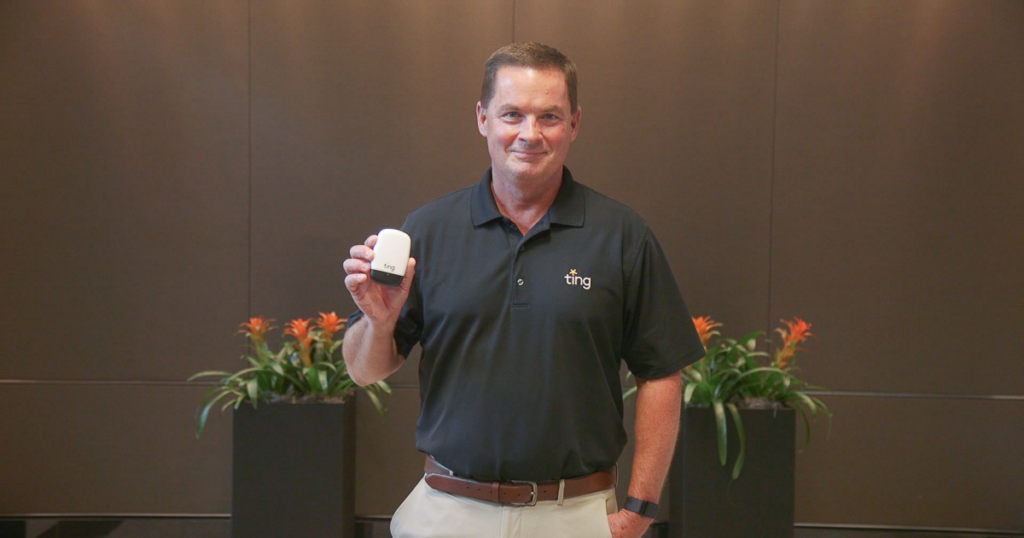Ting maker-Whisker Labs CEO talks smart home tech

We take 30 million electrical measurements every second of every day, we do machine learning and artificial intelligence on the device. It’s connected to WiFi, we stream data to the cloud and we do additional machine learning and AI in the cloud.
The primary purpose and the value proposition for insurance companies that we partner with and the homeowners, is preventing home fires. So the thing about this sensor is that it detects electrical problems. We detect a problem in the home. If we need an electrician to come in, if we’ve detected a problem, you would hear from our fire safety team that we scheduled an electrician. If needed, they would come in and we would find the problem and fix it before it can start a fire.
One sensor monitors the electrical grid of the home, because your home has a lot of circuits and wires. The network of sensors monitors the grid. So, in the network whenever many sensors detect a problem at exactly the same time, then that’s not a problem in a single house that’s a problem on the grid.
So inside the home what we call a save is when Ting detects a problem in a customer’s home, and then we find it before it can start a fire. And we have about 15 of these every day now.
You can look at it like this, outlets, for example, are notorious. These are inside your walls. The wires are loose on the outlet terminal inside the wall, and it’s arcing, sparking essentially. The same thing happens in the breaker panel and it can happen in wires up in the attic and to devices that are plugged in, if the power supply has an electrical problem that we can detect. We have saved about 8,000 homes from what would be potential electrical fires. And this is the kind of stuff we find, and we fix it or discard it if it’s an appliance or device before it can start a fire.
When it comes to preventing fires, we detect arcing. No matter where Ting is plugged in, in the house, we can detect that arcing anywhere in the house. And those little tiny arcs are the temperature of the sun. I mean they’re tiny. So in this case, we detected it early so we have time to schedule an electrician to come in and find that arcing. And then fix it before it can start a fire.
Outside the home, we detect faults on the grid. In addition to detecting arcing, we measure voltage in the United States. The voltage should be 120 volts all the time, plus or minus a little bit.
We have a video with data from 10 sensors on Maui synced in time with a camera. This is actually the ignition of the very first fire on Maui, it is not the Lahaina fire, this is the one in the middle of the island. But basically, you can see all of our sensors detected a fault. So, the voltage dropped down to near 70 volts on a couple of them. And what that means is when we detect a fault on the grid, either a tree limb has touched a wire, or two wires have touched each other flapping in the wind, or a wire has broken loose, if a car hit a telephone pole, and knocked down the wires. Anytime we detect a discharge of energy that makes the voltage go down like this, that means a bunch of energy went somewhere. In this case, it was an arc flash.
Those faults were occurring for many, many, many hours prior to ignition of the Lahaina fire and if the utility knew that these things were occurring, they could have shut off power. But they don’t know. One of the shocking things we realize is that utilities do not have sensors to understand smart meters.







